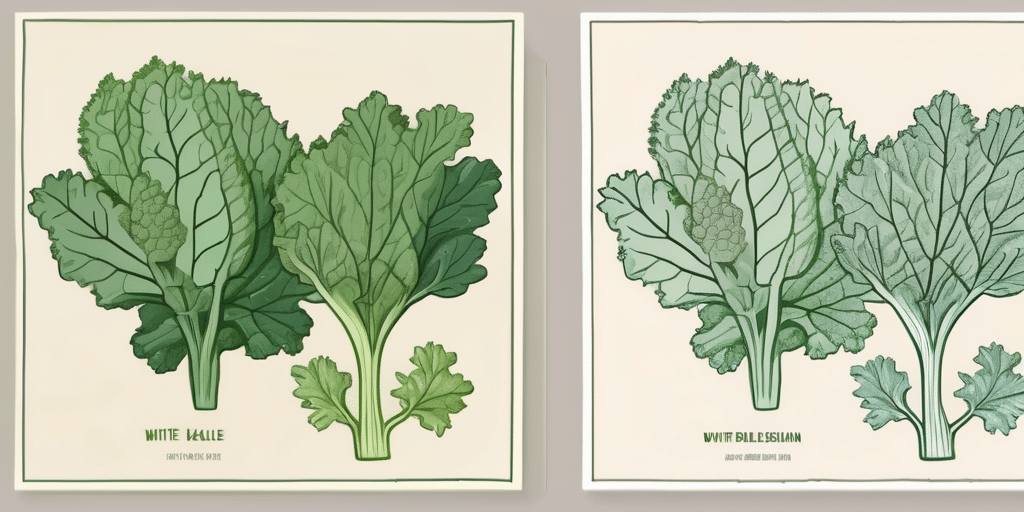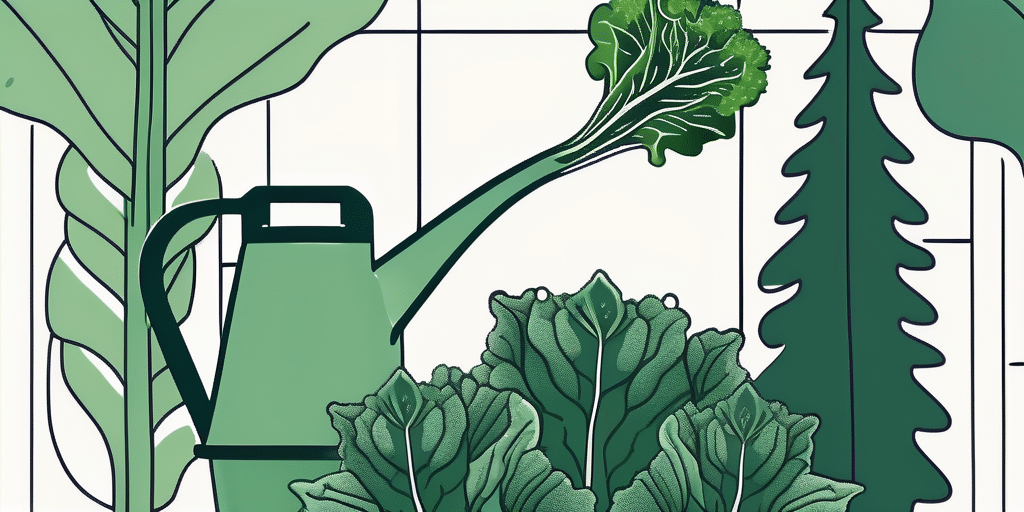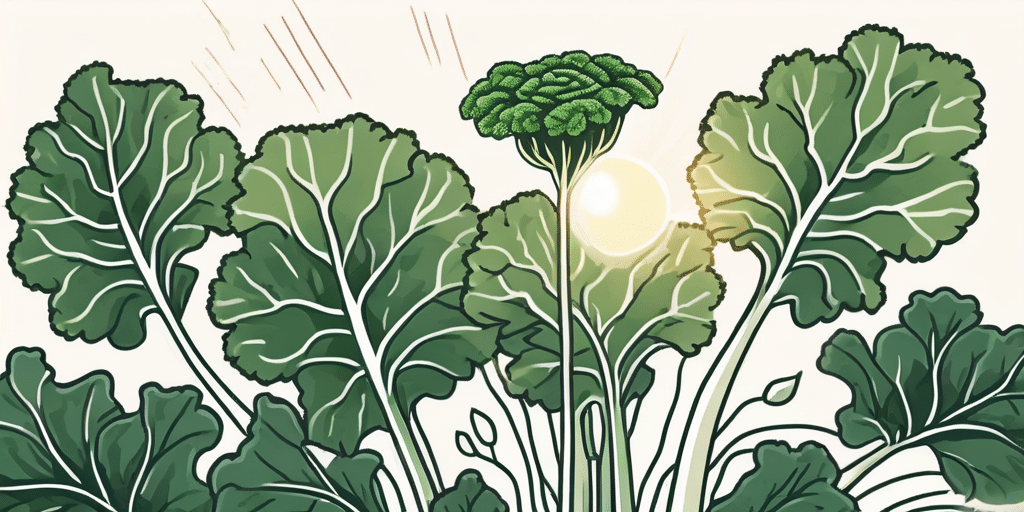Red Russian Kale, a nutrient-rich leafy green, is a favorite among health enthusiasts and gardeners alike. Its sweet, mild flavor and beautiful purplish stems make it a versatile ingredient in many dishes. However, like any other fresh produce, it requires proper storage and preservation to maintain its nutritional value and taste. In this guide, we will delve into the best practices for storing and preserving Red Russian Kale.
Understanding Red Russian Kale
Before we dive into the specifics of storage and preservation, it’s important to understand what makes Red Russian Kale unique. This variety of kale, known scientifically as Brassica napus, is a member of the mustard family. It’s characterized by its flat, fringed leaves that are similar in shape to oak leaves, and its stems are a beautiful purplish-red hue.
Red Russian Kale is packed with vitamins A, C, and K, and is a good source of calcium and iron. According to the USDA, a cup of cooked Red Russian Kale provides more than 100% of the daily recommended intake of vitamins A and K. This makes it an excellent addition to a healthy diet.
Storing Fresh Red Russian Kale
Storing Red Russian Kale properly is crucial to maintaining its nutritional value and preventing it from wilting or spoiling. The key is to keep the kale cool and slightly damp, as it tends to wilt quickly at room temperature.
Here are the steps to store fresh Red Russian Kale:
- Remove any wilted or yellowing leaves.
- Rinse the kale under cold water to remove any dirt or insects.
- Gently pat the kale dry with a clean towel. It’s important to remove excess moisture to prevent mold growth.
- Wrap the kale in a damp paper towel. This helps maintain the right level of humidity.
- Place the wrapped kale in a plastic bag or airtight container.
- Store the bag or container in the crisper drawer of your refrigerator. The kale should last for about a week.
Preserving Red Russian Kale
If you have a large harvest of Red Russian Kale and can’t consume it all within a week, preserving it is a great option. There are several methods to preserve kale, including freezing, dehydrating, and canning.
Freezing Red Russian Kale
Freezing is one of the easiest and most common methods to preserve Red Russian Kale. It helps maintain the nutritional value and flavor of the kale. Here’s how to freeze Red Russian Kale:
- Follow the same initial steps as above: remove any wilted leaves, rinse, and pat dry.
- Blanch the kale. This involves boiling it for about 2 minutes, then immediately plunging it into ice water to stop the cooking process. According to the National Center for Home Food Preservation, blanching helps preserve the color, flavor, and nutritional value of the kale.
- Drain the kale and pat dry to remove excess moisture.
- Spread the kale out on a baking sheet and freeze it. Once it’s frozen, transfer it to a freezer bag or airtight container.
- Store the kale in the freezer. It should last for up to a year.
Dehydrating Red Russian Kale
Dehydrating is another method to preserve Red Russian Kale. It’s a great way to make kale chips, a healthy and tasty snack. Here’s how to dehydrate Red Russian Kale:
- Follow the initial steps of rinsing and patting dry the kale.
- Remove the stems and tear the leaves into bite-sized pieces.
- Toss the kale with a little bit of olive oil and your favorite seasonings.
- Spread the kale out on dehydrator trays or a baking sheet.
- If using a dehydrator, set it to 125°F and dehydrate for about 4 hours. If using an oven, set it to the lowest temperature and bake for about 2 hours, or until the kale is crispy.
- Store the dehydrated kale in an airtight container at room temperature. It should last for several months.
Canning Red Russian Kale
Canning is a more traditional method to preserve Red Russian Kale. It’s a bit more involved, but it allows you to store the kale at room temperature. Here’s how to can Red Russian Kale:
- Prepare the kale by rinsing, removing stems, and chopping into pieces.
- Blanch the kale as described in the freezing method.
- Pack the blanched kale into canning jars, leaving about 1 inch of headspace.
- Fill the jars with boiling water, again leaving 1 inch of headspace.
- Wipe the rims of the jars, place the lids on, and screw on the bands.
- Process the jars in a pressure canner according to the manufacturer’s instructions.
- Store the canned kale in a cool, dark place. It should last for up to a year.
Conclusion
Red Russian Kale is a nutritious and delicious leafy green that deserves a spot in your kitchen. With proper storage and preservation, you can enjoy this superfood all year round. Whether you prefer it fresh, frozen, dehydrated, or canned, there’s a method that suits your needs and preferences. So next time you have a bountiful harvest of Red Russian Kale, you’ll know exactly what to do!
Keep Your Kale Thriving with Expert Tips
Now that you’re equipped with the knowledge to store and preserve your Red Russian Kale, why not take your gardening skills to the next level? Subscribe for free to How to Grow Everything and learn how to build the garden of your dreams! Receive personalized gardening advice tailored to your specific location, grow zone, and experience level. Our family is dedicated to helping you grow the best garden without any spam or tricks—just the finest gardening tips and special offers delivered straight to your inbox. Join our community of green thumbs today and keep your garden flourishing!






